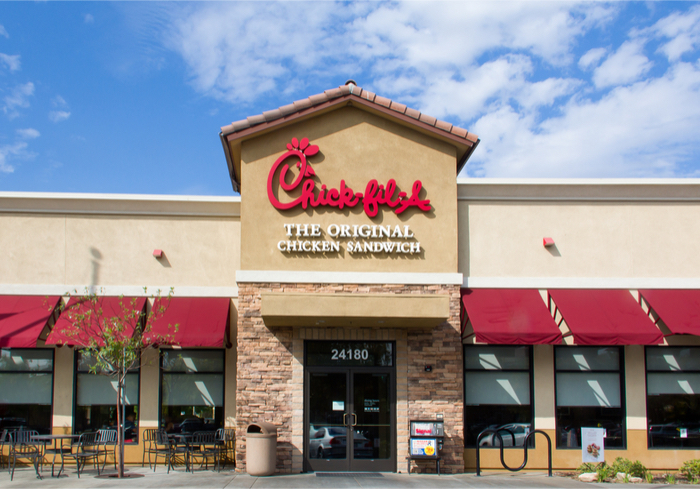Fast Food’s First Foray Into Meal Kits

A few years ago, analysts were wondering if meal kits were about to disrupt traditional grocery as an easier and more convenient way for customers to enjoy the benefits of home cooking with a lot of the complexity smoothed out.
But as the market got crowded, and it seemed there was a meal kit for every mood, it became incredibly difficult to do well in the heavily diluted market. Blue Apron has been ranked the worst-performing IPO of 2017, HelloFresh has had to expand globally at a breakneck pace just to hedge against waxing and waning demand in individual markets and Chef’d just didn’t make it. The brand abruptly announced its shutdown after running out of money – and recently saw its assets bought out by True Food Innovations.
“The meal kit business is incredibly capital-intensive, requiring companies to secure funding to start and maintain the business. The Achilles heel of meal kit companies is that the business has exceptionally high customer acquisition costs, high operational and supply chain costs, high logistics costs and low customer retention,” Brittain Ladd wrote for Forbes on the trouble businesses in that industry are experiencing as they go forward trying to build scale.
The supply chain consultant’s ultimate verdict? Meal kits are so uniquely unprofitable as a standalone business model that they aren’t worth the time or effort.
But out of the relative cloud of meal kit-related darkness of late arose last week a new entrant, and perhaps a new take on making the model actually work.
Chick-fil-A announced it is going into the meal kit business. The self-professed sellers of the original chicken sandwich aren’t just looking to sell fast food anymore – they want to help their patrons get into home cooking.
The Chick-fil-A meal kit experience is very different from the dine-in version. The recipes feature dishes such as chicken parmesan, chicken enchiladas, Dijon chicken, pan-roasted chicken and chicken flatbread. Each kit is designed for two people and they cost $15.89 a pop.
None of those items are on Chick-fil-A’s menu, a move that has left some scratching their heads and wondering if the chain has perhaps sorely misunderstood what its average customer might be looking for in a meal kit.
“It’s an odd twist, no doubt. And one that’s hard to comprehend. In fact, what they are trying to sling to the public doesn’t even really look like Chick-fil-A in the first place,” Thrillist’s reviewer noted of the announcement, alongside his opinion that this might in fact be a fatal flaw in their plan. “Everyone who already started planning out their weekly meals on the merits of knowing they’ll be able to make mini chicken sliders on a whim, just got sorely ripped off.”
But, while they understand that complaint, when they thought the proposition through, it occurred to them that a customer at a Chick-fil-A who is looking for the brand’s signature chicken sandwich and waffle fries will most likely purchase it hot and ready to eat while they are there. Also, he noted, while customers might want to purchase those meals in advance, the reality is they can’t be prepared in most home kitchens, where consumers lack such equipment as deep fryers.
And presumably expand it as well, if this is really a serious effort at entering the meal kit market, as opposed to the next “IHOb“-style publicity stunt meant to drum up a little late-summer social media fire.
For now, Chick-fil-A meal kits will be sold at 150 restaurants in the greater Atlanta area, but the chain is accepting online forms from fans and patrons nationwide to gauge interest in where they should expand meal kits next.